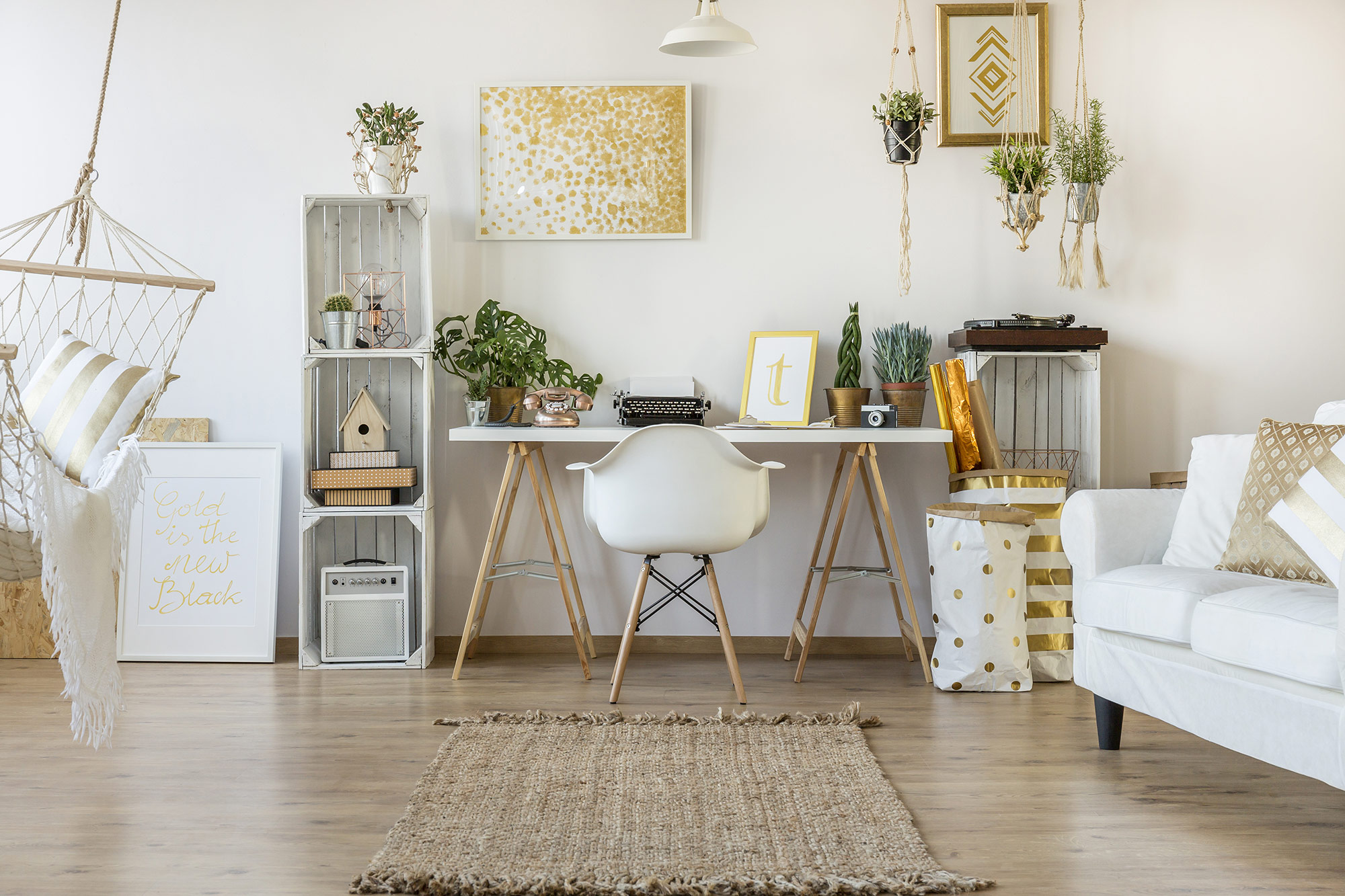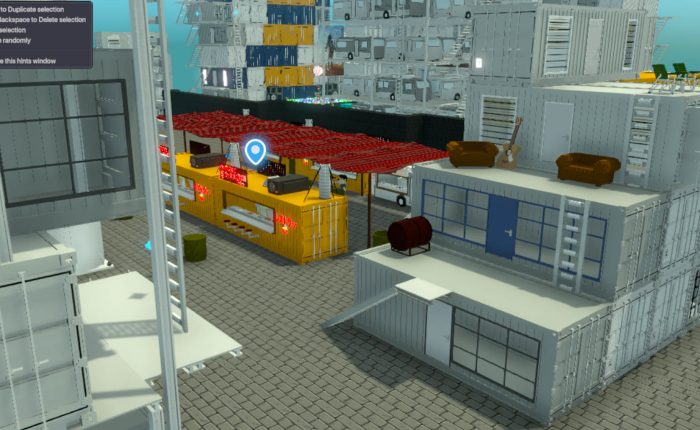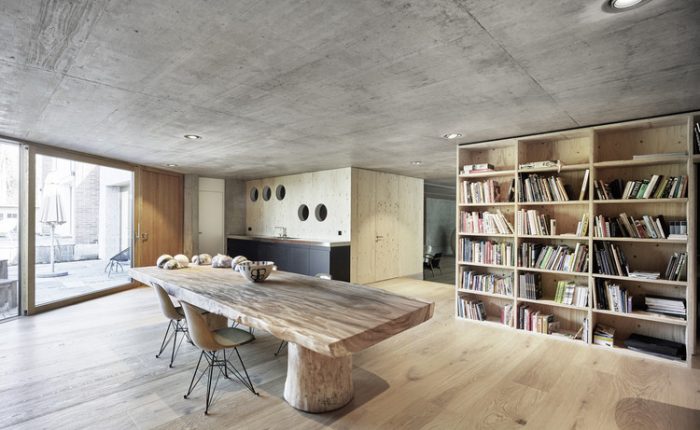
Circular design, also known as circular economy design, is an approach that aims to use natural resources efficiently, reduce waste, and minimize environmental impacts. It emerged as an alternative to the traditional linear economy model of “take, make, dispose.”
Circular design focuses on minimizing waste generation, promoting reuse and recycling, and improving reprocessing and recovery processes throughout the life cycle of products. This approach seeks to combine economic growth, environmental sustainability, and social benefits.
The principles of circular design include designing products to be more durable, repairable, modular, and recyclable. Effective resource utilization, energy efficiency, renewable energy sources, and waste management are also key considerations in circular design.
The benefits of circular design include the conservation of natural resources, reduction in waste generation, energy savings, cost efficiency, increased business opportunities, and reduced environmental impacts.
Circular design contributes to sustainability and environmental conservation efforts. Creating greater awareness among product designers, manufacturers, and consumers and promoting the transition to a circular economy are important steps towards a more sustainable future
Endless Cycles in Resources: Circular Design
Circular Design: Efficient Resource Use, Waste Reduction, and a Step Towards the Future!Circular design offers a new approach towards a more sustainable future by reducing waste, utilizing resources efficiently, and extending product lifecycles. Resource efficiency and material selection are of utmost importance. Opting for recyclable materials helps minimize waste, while choosing durable and repairable products ensures more effective resource utilization. Circular design is a pathway to embracing a circular mindset and taking a step towards the future.
Circular Design: Embracing a Sustainable FutureIn today’s world, sustainability and resource efficiency are becoming increasingly important. In this context, the concept of circular design is taking center stage, offering a new approach to shaping our future. Circular design aims to reduce waste, utilize resources efficiently, and extend product lifecycles, paving the way for a more sustainable tomorrow.
Circular design focuses on minimizing waste and reintegrating materials back into the cycle while consuming natural resources. By doing so, it prevents resource depletion and minimizes environmental impact by reducing waste generation. We are transitioning to a system where products no longer have a single-use lifespan but instead move within a continuous loop.
Resource efficiency and material selection are of utmost importance in circular design. It strives to use natural resources, energy, water, and raw materials efficiently, thereby preventing their wasteful use. Choosing recyclable and reusable materials not only reduces waste but also ensures the materials’ circularity. Furthermore, prioritizing durable and long-lasting materials extends the product’s lifespan, enabling more efficient use of resources.
However, circular design goes beyond material circularity. Durability and repairability are also crucial factors. Designing products to be long-lasting and easily repairable reduces waste and empowers consumers. It allows for products to be repaired, extending their lifespan and reducing the need for replacements. This not only contributes to waste reduction but also promotes a more economically viable and sustainable consumption pattern.
Circular design is an innovative and forward-thinking approach that encourages us to rethink our production and consumption systems. By embracing circular design principles, we can transition to a more sustainable future where resources are used efficiently, waste is minimized, and products are designed for longevity. It is a collective effort that involves designers, manufacturers, and consumers working together towards a circular economy and a better world for generations to come.
Fundamental methodology of circular design
- Understanding Resources: It is important to analyze the materials, energy sources, and water used throughout the product’s life cycle. This step establishes a foundation for assessing the current state of the product and identifying opportunities for optimizing resource usage.
- Applying Sustainability Principles in the Design Phase: Integrating sustainability principles (such as durability, recyclability, reusability) from the early stages of the design process is crucial. Factors like extending product lifespan, promoting material recycling, and revaluation should be considered.
- Optimizing Materials and Production: Optimizing material selection and production processes enables more efficient resource utilization. Factors such as using recyclable or recoverable materials, energy savings, and waste management should be taken into account.
- Extending Product Lifespan: Extending the product’s lifespan ensures more efficient resource utilization. Incorporating durable designs, ease of maintenance, and repairability can help prolong the product’s useful life.
- Recycling and Recovery: When the product reaches the end of its life cycle, recycling and recovery of materials become essential. Circular design emphasizes the circularity of materials through reuse or recovery, reducing waste generation and the need for new resources.
- Collaboration and Stakeholder Engagement: Collaboration and stakeholder engagement play a vital role in the circular design process. By fostering collaboration among manufacturers, consumers, recycling facilities, and other relevant stakeholders, the transition to a circular economy can be facilitated.
These steps reflect the fundamental methodology of circular design. However, it’s important to note that each project and industry may have unique considerations, so specific circumstances and requirements should be taken into account.
Determining priorities in circular design
Determining priorities in circular design is crucial for effective resource utilization, waste reduction, and achieving sustainability goals. Below are some fundamental steps for establishing priorities in circular design:
- Identifying Priority Areas: It is important to identify the specific areas that take precedence in the relevant sector or project. These areas can focus on specific goals such as resource consumption, waste generation, energy efficiency, or other sustainability factors.
- Life Cycle Assessment: Conducting a life cycle assessment for the product or project is essential to understand resource usage, waste generation, and environmental impacts. This assessment can help identify priority areas and opportunities for improvement.
- Resource Efficiency: Efficient and effective use of resources is a priority in circular design. Consider factors such as material optimization, energy savings, and reduction in water usage.
- Waste Reduction and Recycling: Minimizing waste generation and promoting recycling are key objectives in circular design. Taking preventive measures during the design phase to reduce waste and optimizing recycling processes can be prioritized.
- Durability and Repairability: Designing products for durability and ease of repair promotes longer product lifespans and resource efficiency. This encourages a shift in consumption patterns and reduces waste.
- Innovation and Technology: Innovation and technology can be prioritized in circular design. Innovative solutions and technologies, such as new materials, reuse systems, and recovery techniques, play a significant role in achieving sustainability goals.
These steps serve as a guide for determining priorities in circular design. Priorities may vary depending on the specific needs of the project, industry, and sustainability objectives.
Identifying Priority Areas
Prioritizing areas in circular design involves identifying and focusing on specific aspects that have a significant impact on resource efficiency and sustainability. Here’s an explanation of how to determine priority areas in circular design:
- Resource Consumption: Assess the resource-intensive aspects of your product or project. Identify areas where there is high resource consumption, such as materials, energy, or water usage. These areas may include production processes, packaging, or transportation.
- Waste Generation: Analyze the waste generated throughout the life cycle of your product. Identify the stages or components that contribute most to waste generation. This could include packaging waste, product disposal, or by-products from manufacturing processes.
- Environmental Impact: Consider the environmental impacts associated with your product or project. This may include factors like carbon emissions, water pollution, or habitat destruction. Identify areas where the environmental impact is significant and prioritize finding solutions to mitigate or minimize these impacts.
- Material Selection: Evaluate the materials used in your product or project. Identify materials that are non-renewable, difficult to recycle, or have high environmental impacts. Prioritize the use of sustainable and recyclable materials, as well as those with a lower carbon footprint.
- Product Lifespan: Assess the lifespan of your product and its potential for reuse or recycling. Identify opportunities to extend the product’s lifespan through design improvements, maintenance, or repairability. Prioritize creating products that are durable, adaptable, and easy to disassemble for recycling purposes.
- Stakeholder Engagement: Engage with stakeholders involved in the life cycle of your product, including suppliers, manufacturers, consumers, and recycling facilities. Collaborate with them to identify areas where improvements can be made and prioritize actions that involve multiple stakeholders.
By considering these factors, you can determine the priority areas in circular design and focus your efforts on optimizing resource use, reducing waste, and minimizing environmental impact throughout the product’s life cycle.
Resource Efficiency and Material Selection
Resource Efficiency: Resource efficiency is a key aspect of circular design, aiming to utilize existing resources in the most effective and efficient way. This involves optimizing energy, water, and raw material usage, reducing waste, and preventing resource depletion. During the design phase, considerations such as energy efficiency, water conservation, recycling, and waste reduction can be prioritized to optimize resource utilization.
Material Selection: Material selection plays a crucial role in circular design. Choosing sustainable materials helps reduce environmental impacts and facilitates the circular flow of materials. Preference for recyclable or recoverable materials minimizes waste and enables their reuse or recycling. Additionally, opting for durable and long-lasting materials extends the product lifespan, leading to more efficient resource use.
Waste Management: Effective waste management is of great importance in circular design. The aim is to minimize waste generation and incorporate waste into recycling or recovery processes as much as possible. This includes minimizing waste during the design phase and creating systems that facilitate material reuse or recycling.
By prioritizing resource efficiency and material selection in circular design, we can contribute to a sustainable future. Designed products and systems in line with these principles help preserve natural resources, reduce waste, and minimize environmental impacts.
Waste Reduction and Recycling
Waste Reduction: Waste reduction is a fundamental principle of circular design, aiming to minimize the generation of waste throughout the product lifecycle. This involves adopting strategies that focus on prevention, reduction, and elimination of waste at its source. Design considerations such as lightweighting, modular design, and efficient use of materials can help reduce waste during manufacturing, packaging, and distribution processes. Additionally, incorporating principles of lean manufacturing and design for disassembly can minimize waste during the product’s use and end-of-life stages.
Recycling: Recycling plays a vital role in circular design by ensuring that materials can be reintroduced into the production cycle, reducing the need for virgin resources. Designing products with recyclability in mind involves selecting materials that are easily recyclable and avoiding complex material combinations that impede the recycling process. It also requires designing for easy disassembly, enabling the separation of different materials for recycling purposes. Collaboration with recycling facilities and adherence to recycling guidelines and standards further enhance the effectiveness of recycling efforts.
Closed-Loop Systems: Closed-loop systems are integral to circular design and involve creating a circular flow of materials, where waste is considered a valuable resource. Implementing closed-loop systems involves establishing effective collection, sorting, and recycling infrastructure that enables the recovery of materials from discarded products. By designing products that can be easily disassembled and incorporating recycled materials into new products, the circular economy can thrive. Furthermore, designing for durability and product longevity reduces the frequency of disposal and promotes a more sustainable consumption model.
Through waste reduction strategies and effective recycling practices, circular design aims to minimize waste generation, conserve resources, and promote a more sustainable and circular economy. By prioritizing waste reduction and designing for recyclability, we can contribute to a more efficient use of resources and reduce the environmental impact of our products and systems.
Durability and Repairability
Durability: Durability is a key aspect of circular design, emphasizing the creation of products that are built to last. By designing products with high-quality materials and robust construction, their lifespan can be extended, reducing the need for frequent replacements. Considerations such as selecting durable components, reinforcing critical areas, and conducting rigorous testing can ensure that products withstand the test of time. Designing for durability not only reduces waste but also enhances customer satisfaction by providing long-lasting and reliable products.
Repairability: Repairability is another important aspect of circular design, focusing on the ability to easily repair and maintain products throughout their lifecycle. Designing products with repairability in mind involves using modular designs, standardized components, and easily accessible fasteners. By providing clear repair instructions and making spare parts readily available, products can be repaired instead of being discarded when they malfunction or break. Promoting repairability not only reduces waste but also encourages a culture of repair and empowers consumers to extend the lifespan of their products.
Design for Disassembly: Design for disassembly is a principle closely related to repairability and circular design. It involves designing products in a way that facilitates their disassembly at the end of their life cycle, allowing for efficient component separation and material recovery. By using snap-fit or screw connections instead of permanent adhesives, products can be disassembled without causing damage to the components. Designing for disassembly enables easier repair, component replacement, and recycling, contributing to a more circular and resource-efficient system.
By prioritizing durability and repairability in circular design, we can reduce the rate of obsolescence and extend the lifespan of products. This approach not only reduces waste but also promotes a more sustainable consumption pattern by fostering a culture of repair and reuse. Designing products that are durable and easy to repair or disassemble supports the principles of the circular economy and contributes to the efficient use of resources.
Innovation and Technology
Innovation in Circular Design: Innovation plays a crucial role in advancing circular design principles and practices. It involves the development of new ideas, technologies, and business models that promote sustainability and circularity. Through innovative approaches, designers can explore alternative materials, production methods, and product life cycles that minimize environmental impact. Innovation in circular design can also involve the development of new recycling and upcycling techniques, as well as the integration of digital technologies for improved traceability and transparency in supply chains.
Technological Enablers: Technology serves as an enabler for circular design, providing tools and solutions to address complex challenges. Advanced technologies such as artificial intelligence, Internet of Things (IoT), and blockchain have the potential to optimize resource efficiency, enable circular business models, and enhance traceability throughout the product lifecycle. For example, IoT sensors can monitor and optimize energy and resource consumption, while blockchain technology can facilitate transparent tracking of materials and products, ensuring their authenticity and origin. Technological advancements can also support the development of digital platforms that enable sharing, renting, or swapping of products, promoting a more circular economy.
Collaboration and Co-creation: Circular design thrives on collaboration and co-creation among various stakeholders, including designers, manufacturers, consumers, and technology providers. By bringing together multidisciplinary teams, innovative ideas and solutions can be generated, leading to the development of more sustainable and circular products. Collaboration with technology companies and research institutions can foster the integration of cutting-edge technologies into circular design practices. Additionally, involving end-users in the design process and incorporating their feedback and needs can lead to the creation of products that better align with circular principles and user requirements.
The intersection of innovation and technology in circular design offers tremendous opportunities to create more sustainable and resource-efficient systems. By leveraging innovative ideas, technologies, and collaborative approaches, designers can drive the development of new circular business models, optimize resource utilization, and enable the transition towards a circular economy. Embracing technological advancements and fostering collaboration can unlock the full potential of circular design in addressing environmental challenges and creating a more sustainable future.
"Think Circular, Design Sustainable Future!" 

